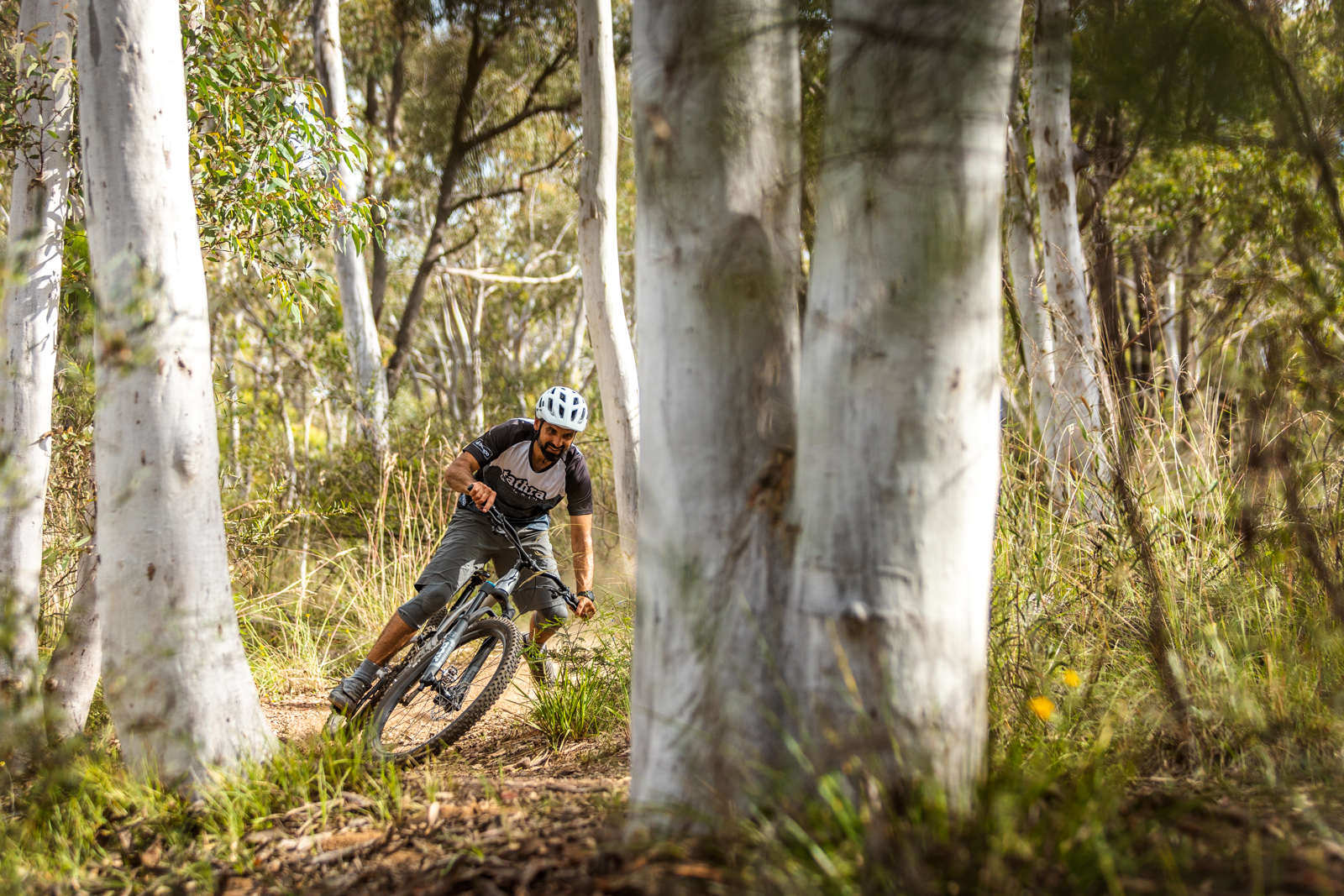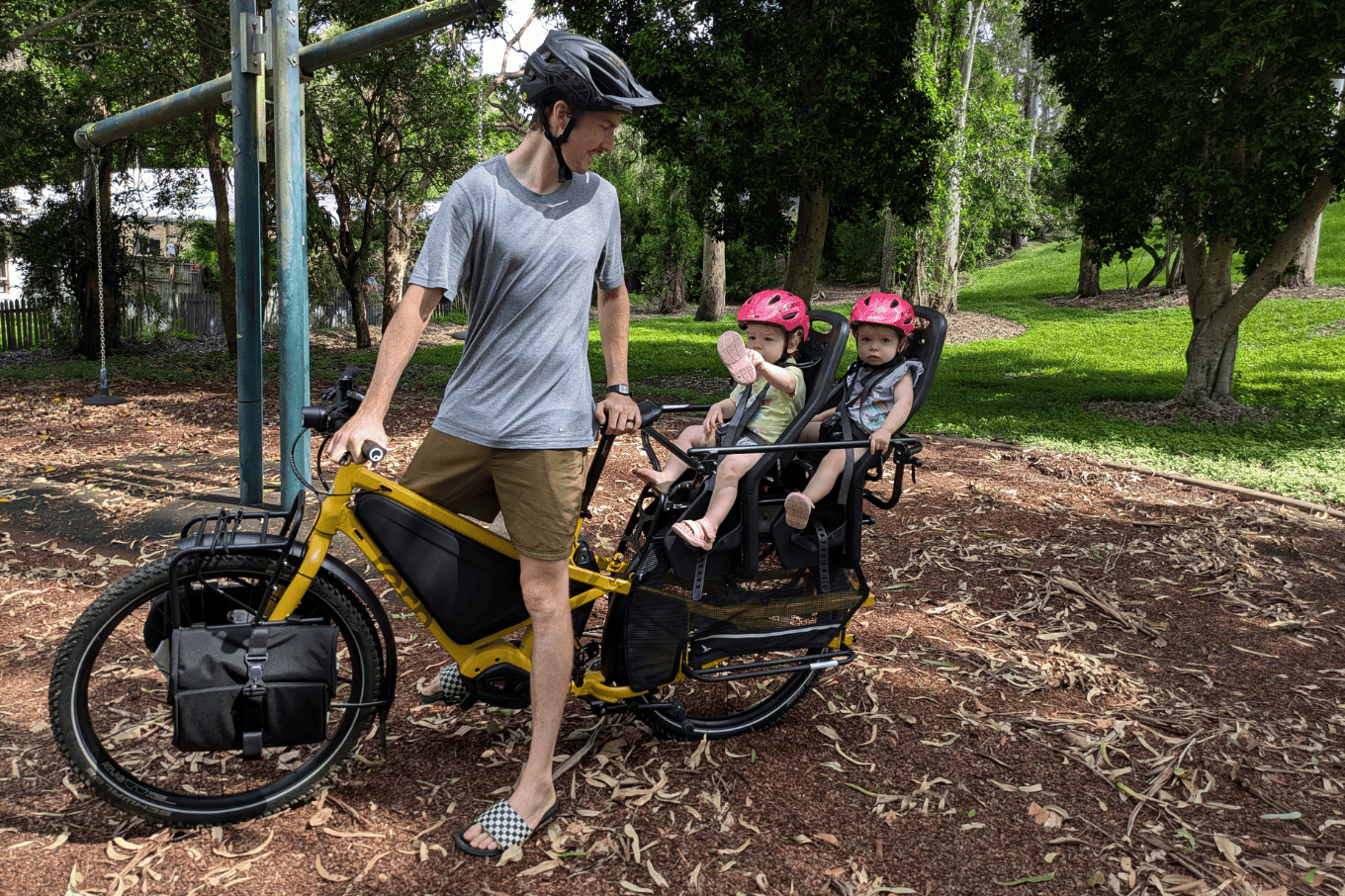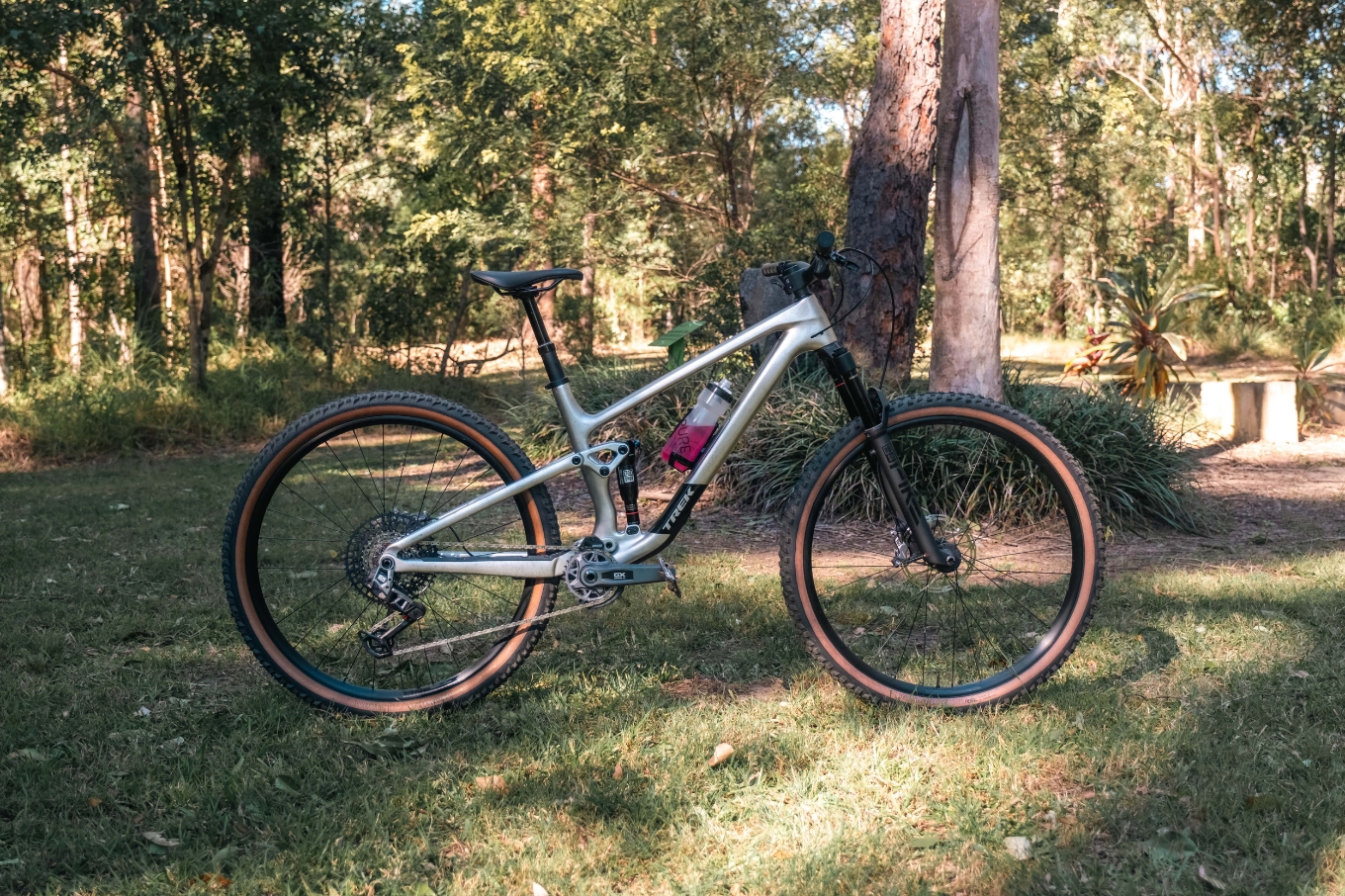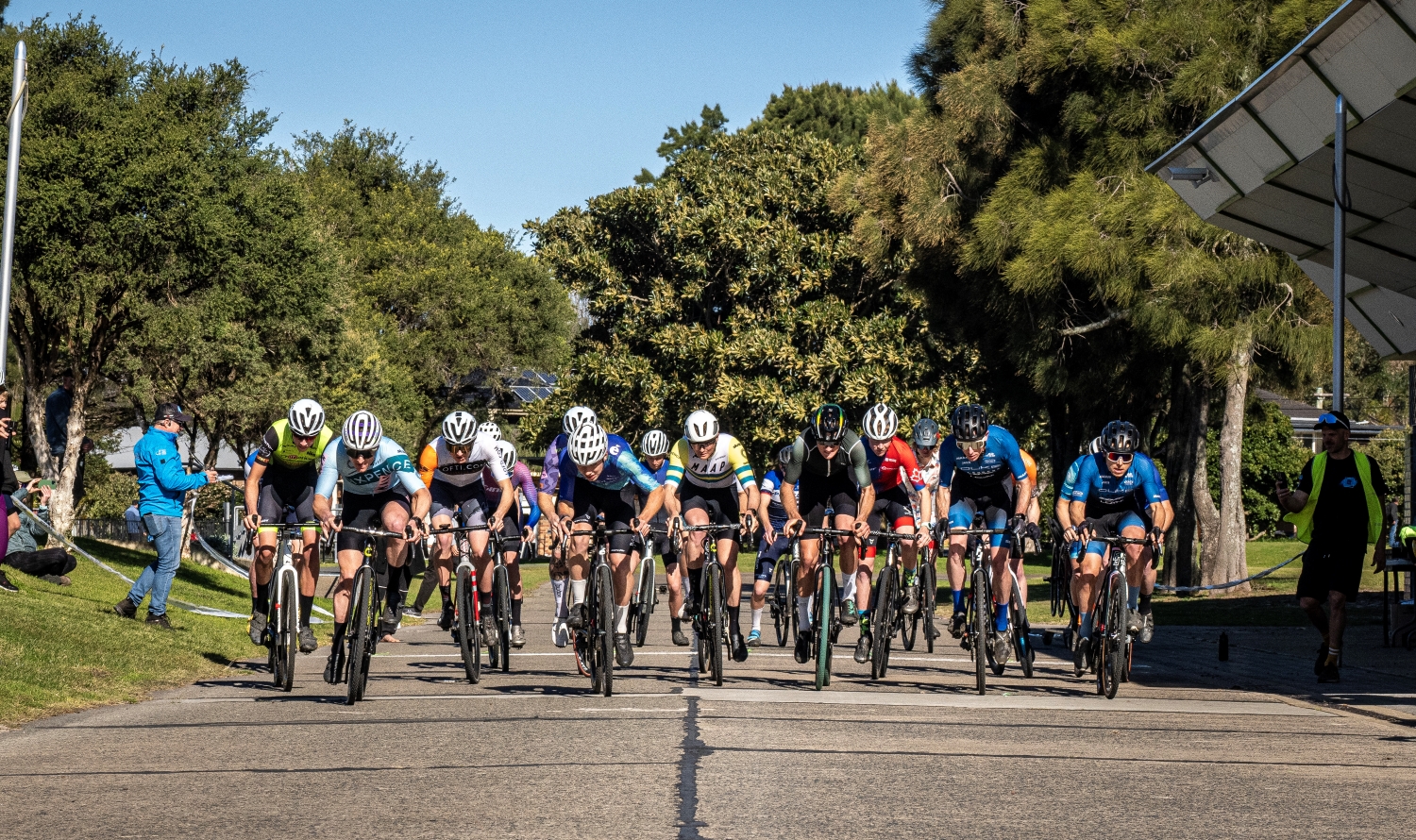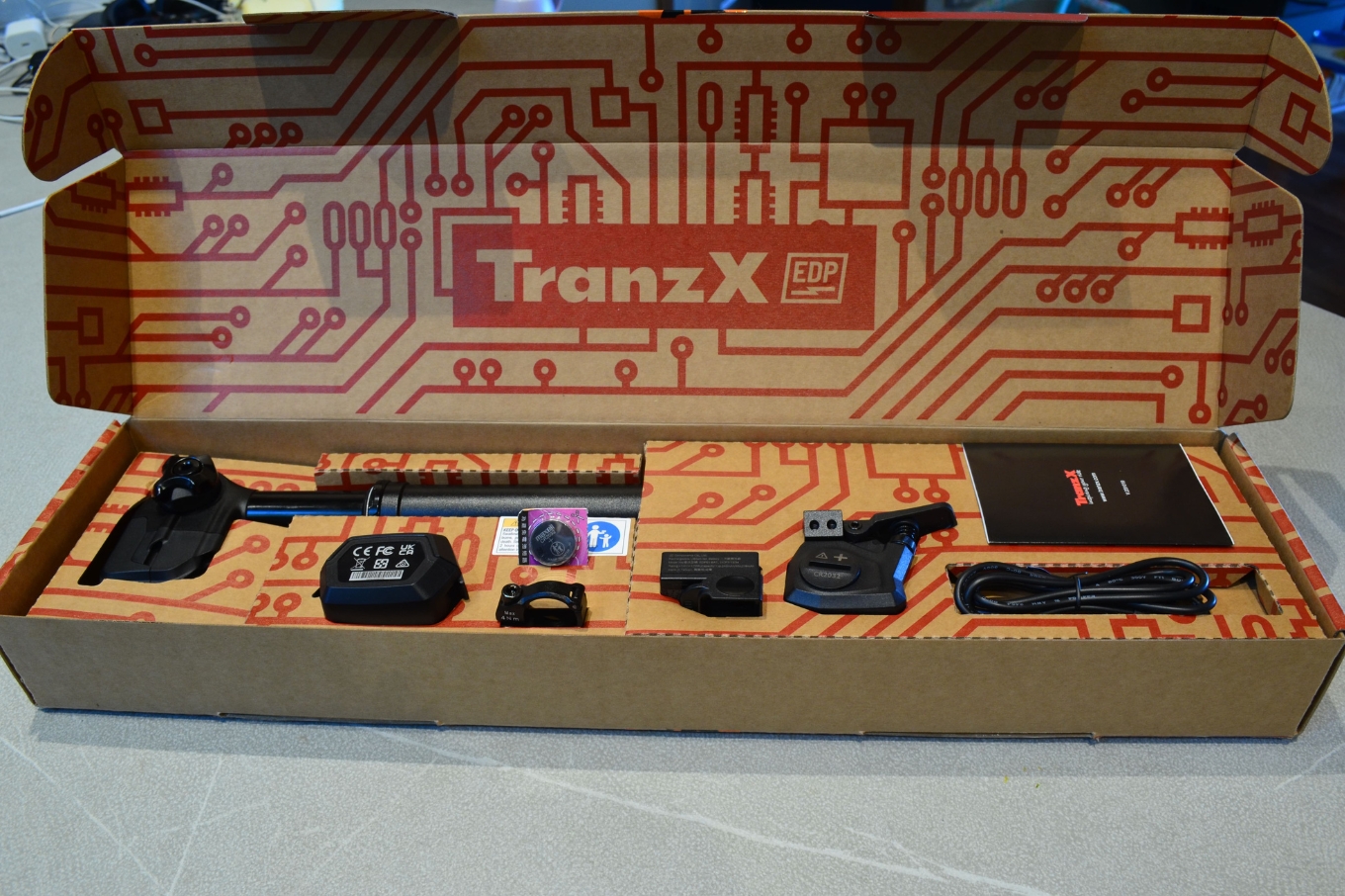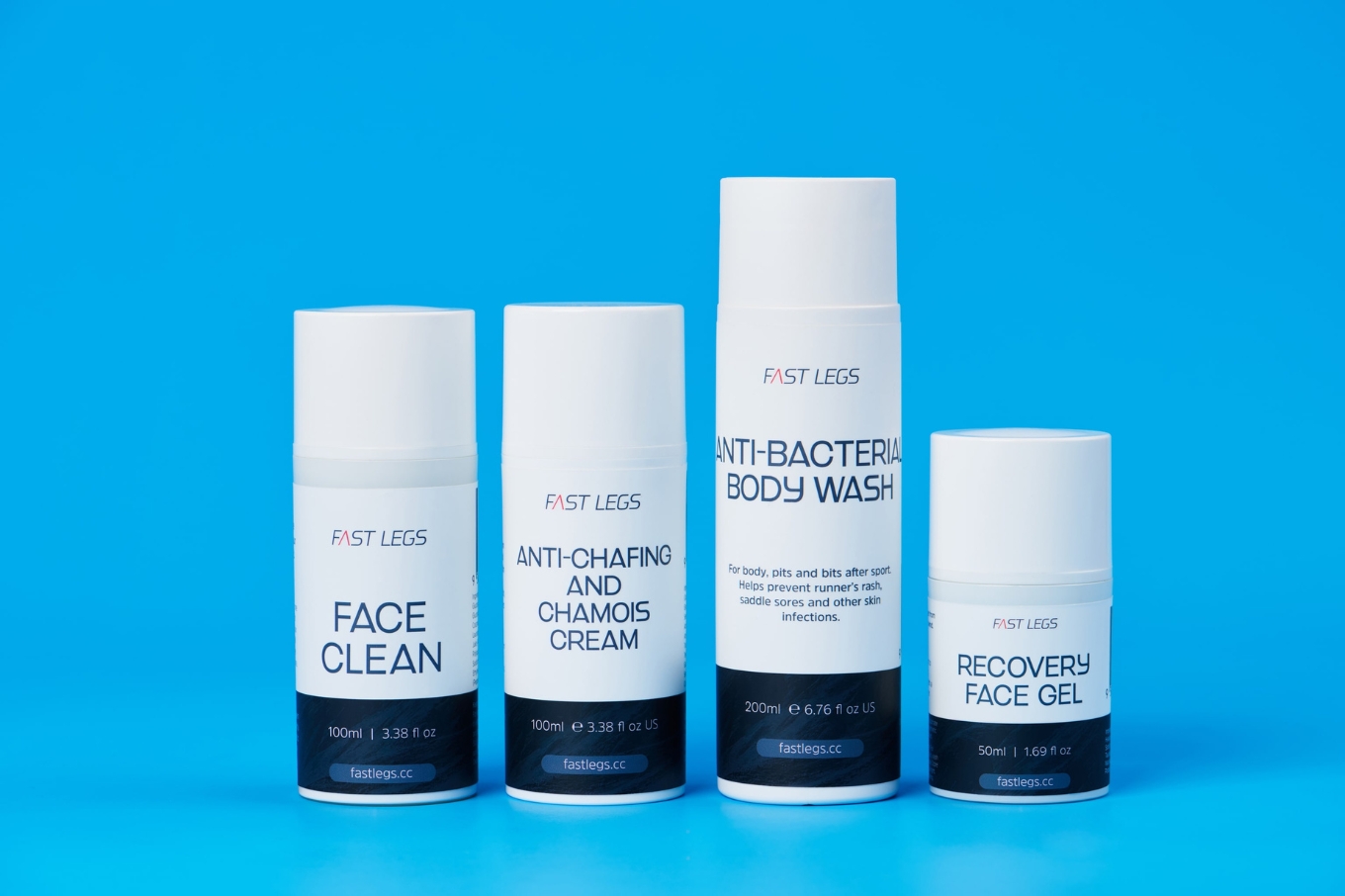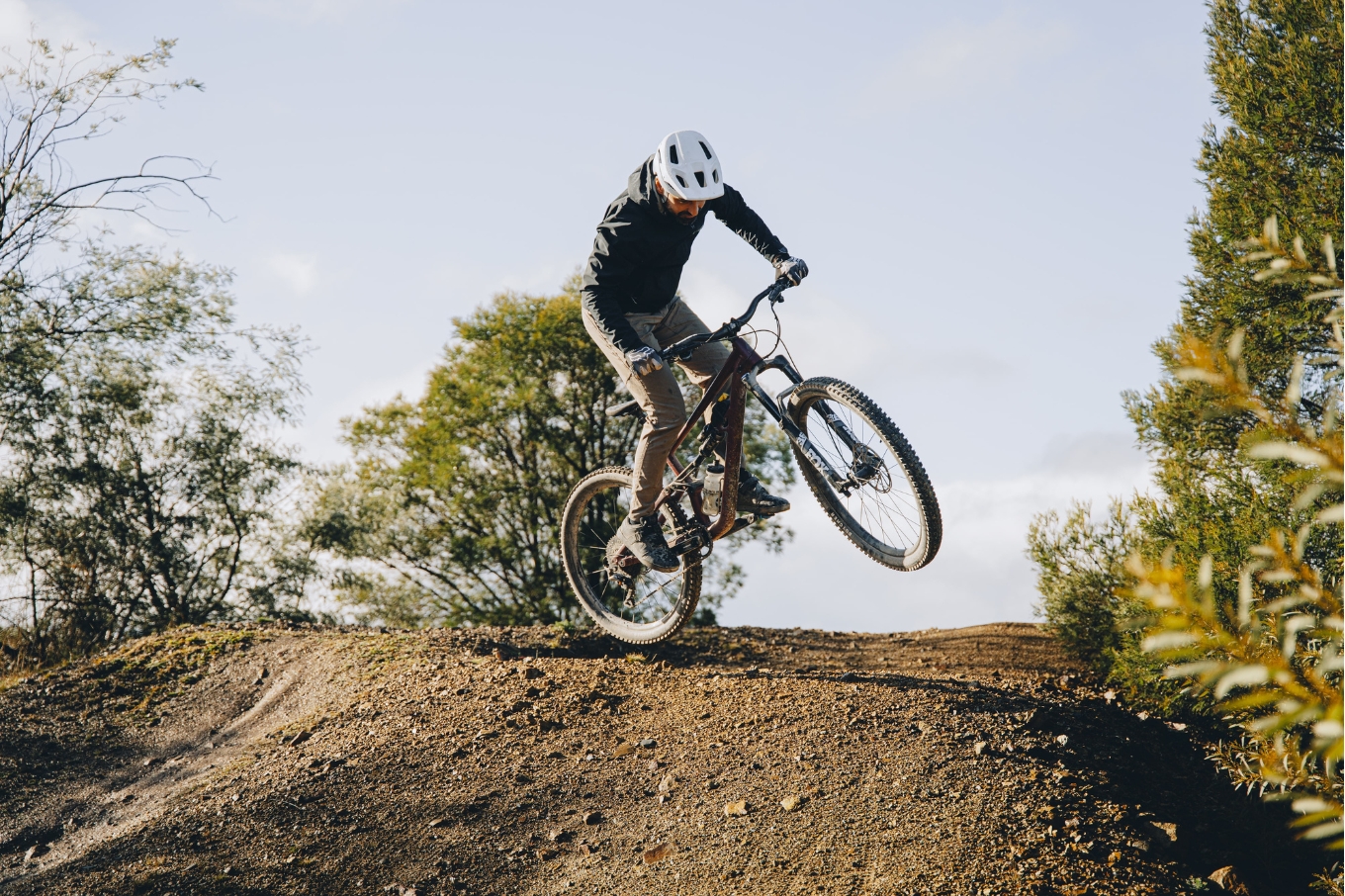SKILLS: How to Ride Inside Lines
Knowing what to do when you want to ride an inside line or end up on the inside line by mistake is a great skill to have and one worth practicing from time to time.
Words: Jared Rando
Photos: Nick Waygood
Nine times out of ten, the inside line on any corner won’t be the fastest, or the best way to get through the turn. That said, knowing what to do when you want to ride an inside line or end up on the inside line by mistake is a great skill to have and one worth practicing from time to time.
Intro
There’s been some pro Downhill racers over the years (mainly Sam Hill!) who could rail an inside corner like no other and were able to use it to their advantage in a race situation. Out on the trail though, the chances are you’ll only end up on the inside by accident when you’re not paying attention, get off line or maybe you’re just trying to sneak by one of your mates!
The key to inside lines is maintaining speed and getting out as quick as possible. Any loss in traction or speed will make a tough situation even tougher so it’s all about controlling your traction and speed to get the most exit speed possible. The better you get at it, well, the faster and more consistently you’ll be able to do it and practicing inside lines will also help develop skills which will cross over to your cornering regardless, so it’s a great skill to work on and hone. It’s also lots of fun when you get it right. Here’s how to do it.
Step 1 – Brake Hard
Chances are if you’re coming up hot on the inside, you’ll need to get on the brakes hard and late to control your speed. The reason for this is you’ll need to turn a little more than on the outside line. You can see here, I’m way offline and about thirty degrees from where I should be pointing with the right setup into the corner so I’m braking hard and late and trying to maintain traction all at the same time. Come in too hot and you’ll end up on the wrong side of the trail.
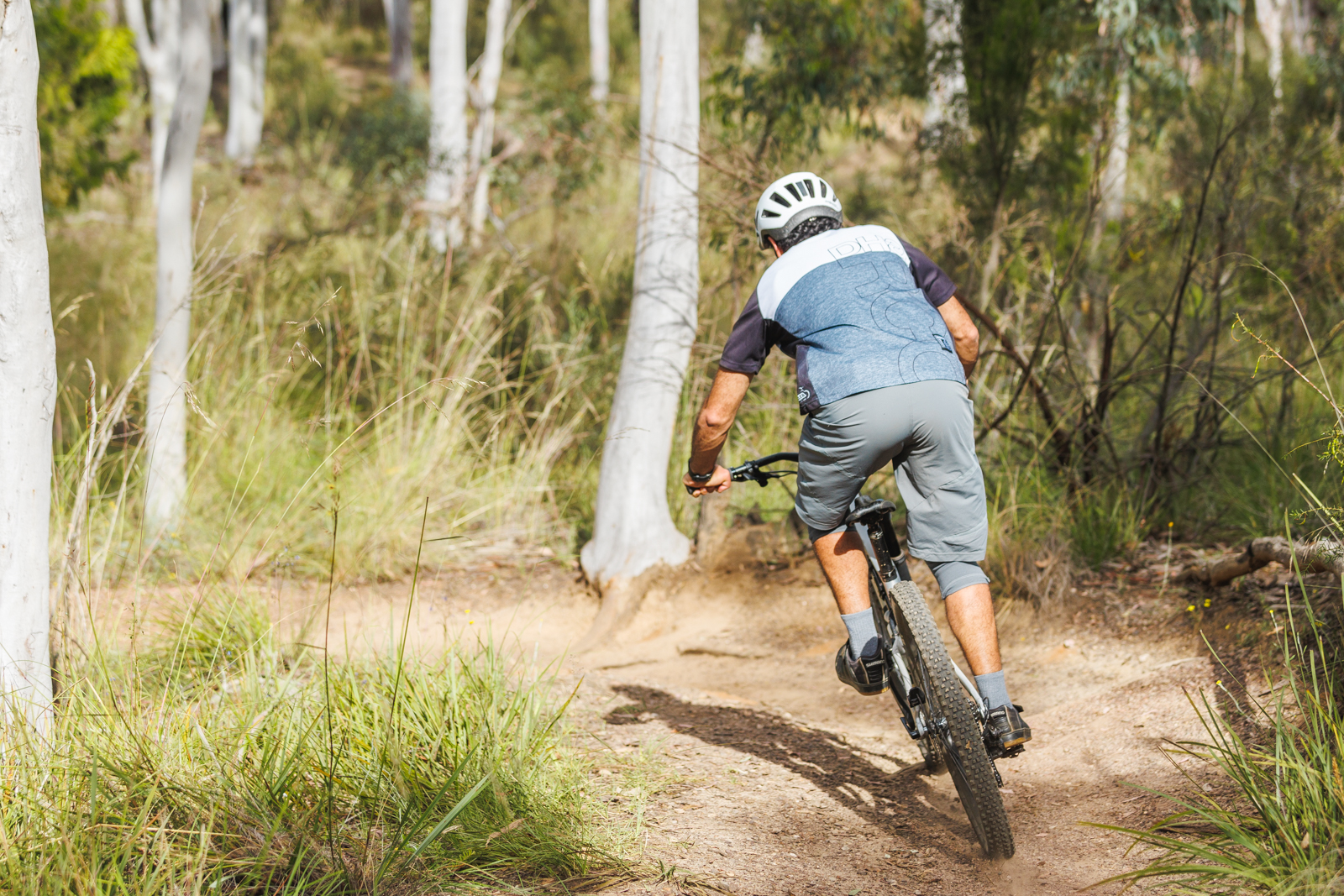
Step 2 – Feather the brakes
Once you’ve scrubbed the majority off your speed you want to be at a speed where you can comfortably get through the turn. Once you begin to turn in, if you do need to break, feather the brakes really gently rather than grabbing a handful of brakes which will get you sliding and scrub all your speed. The key is to hold the inside line once you are on it – if you run too wide you’ll need to square up the turn to exit so control your speed accordingly.
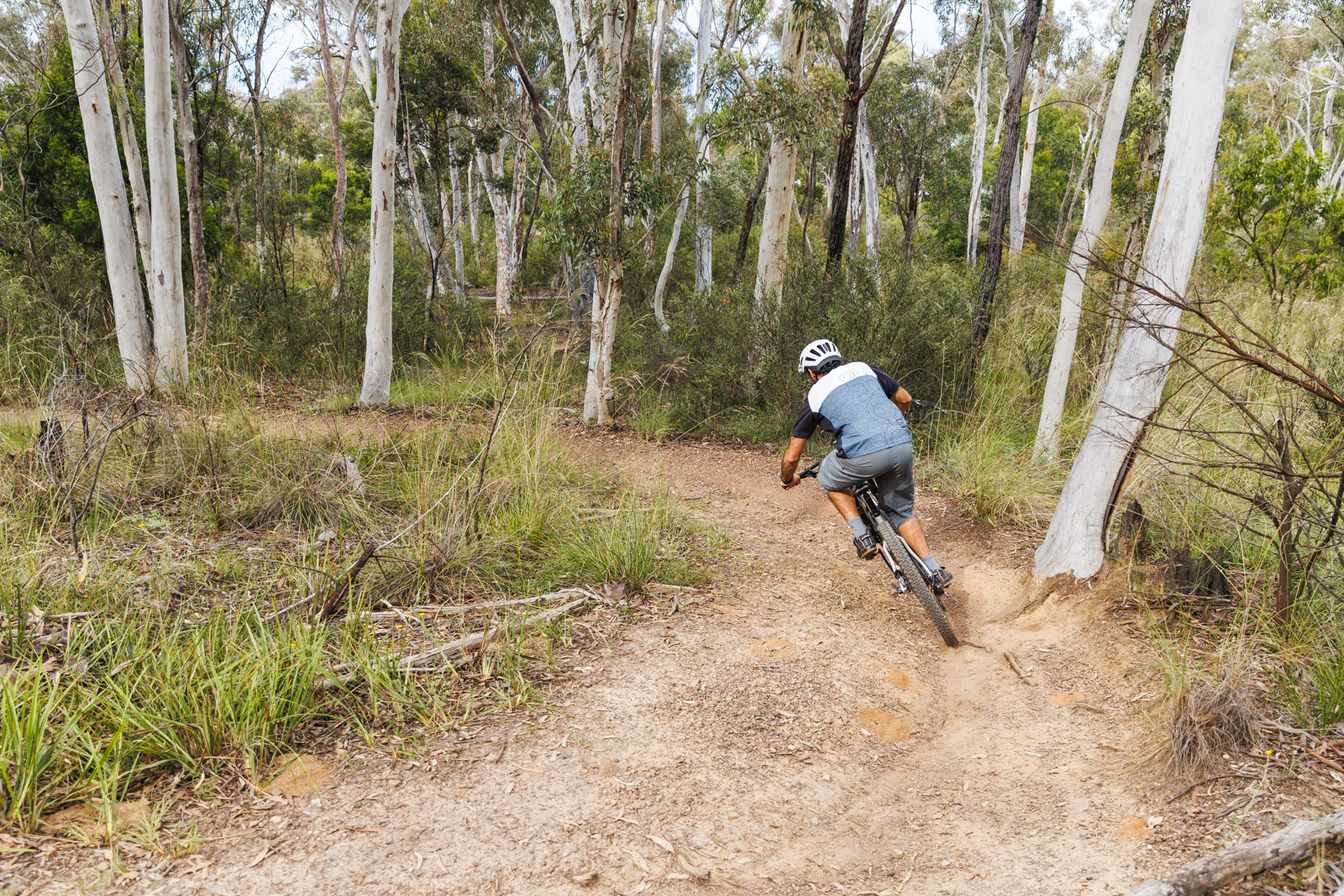
Step 3 – Hold the inside as best you can
Once you’re into the turn, look towards the inside of the corner and aim to hold the inside line as tightly as possible. The reason for this is you’ll naturally drift towards the outside as you progress and as you do, it will give you a nice arc through the corner helping you maintain traction and speed. Keep your weight low and get as much weight as possible through the pedals and into the trail to help with traction. I literally feel like I’m crouching when I’m at this point trying to get as low and heavy as possible on the bike to help.
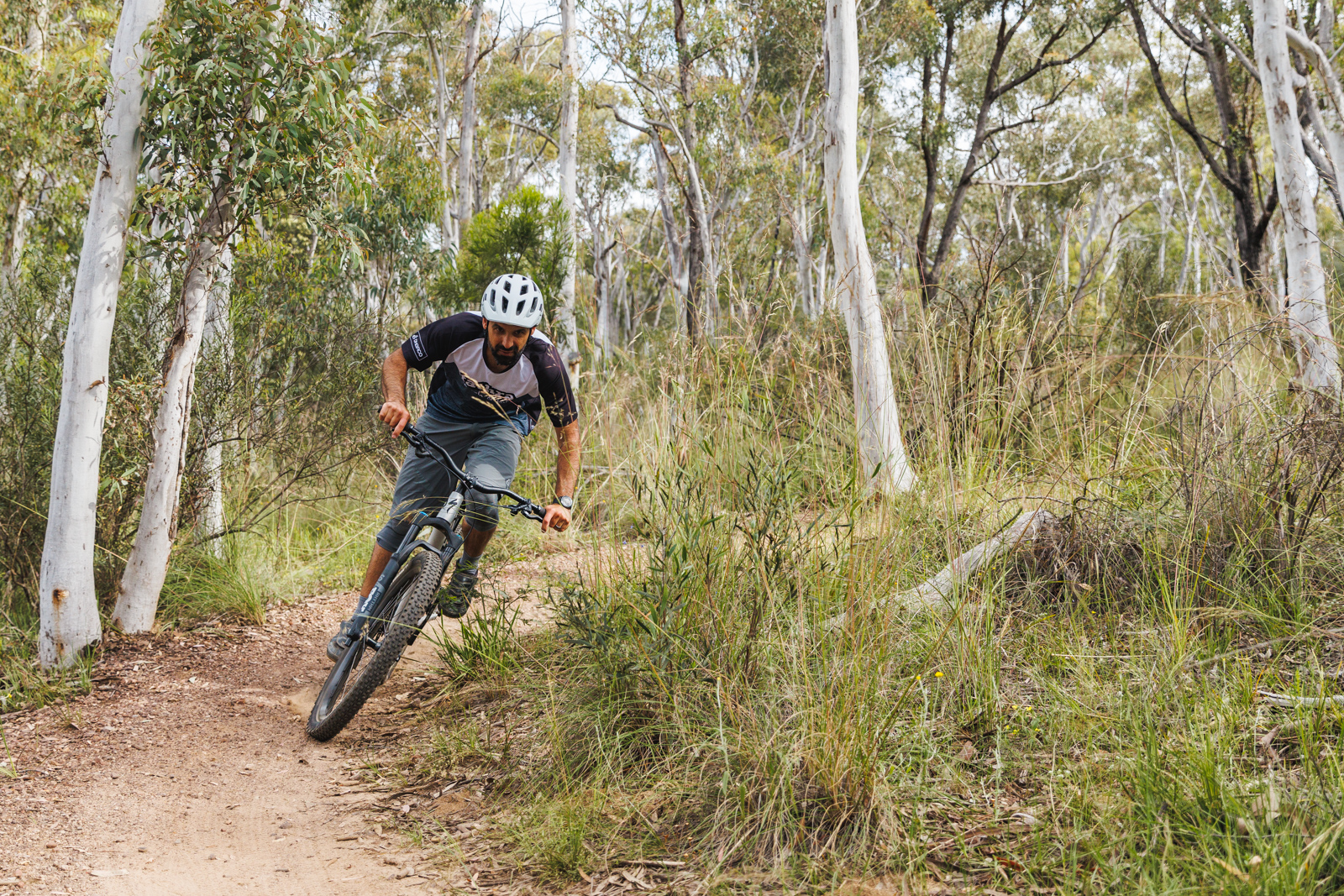
Step 4 – Look up for the exit
As you get through the corner, look up to spot your exit. Sometimes you’ll be able to run a little wider if you were able to hold the inside which will allow you to carry a little extra speed through the corner. You need to find the right balance between holding tight and running wide depending on the corner and what’s ahead. If you’re heading into an opposing turn for example you’ll want to stay as inside as possible to help get you set up correctly for the next one and get back on track – a lot of times if this is the case it’s worth making the sacrifice on the line you messed up to help carry speed further down the trail and get back on the right line.
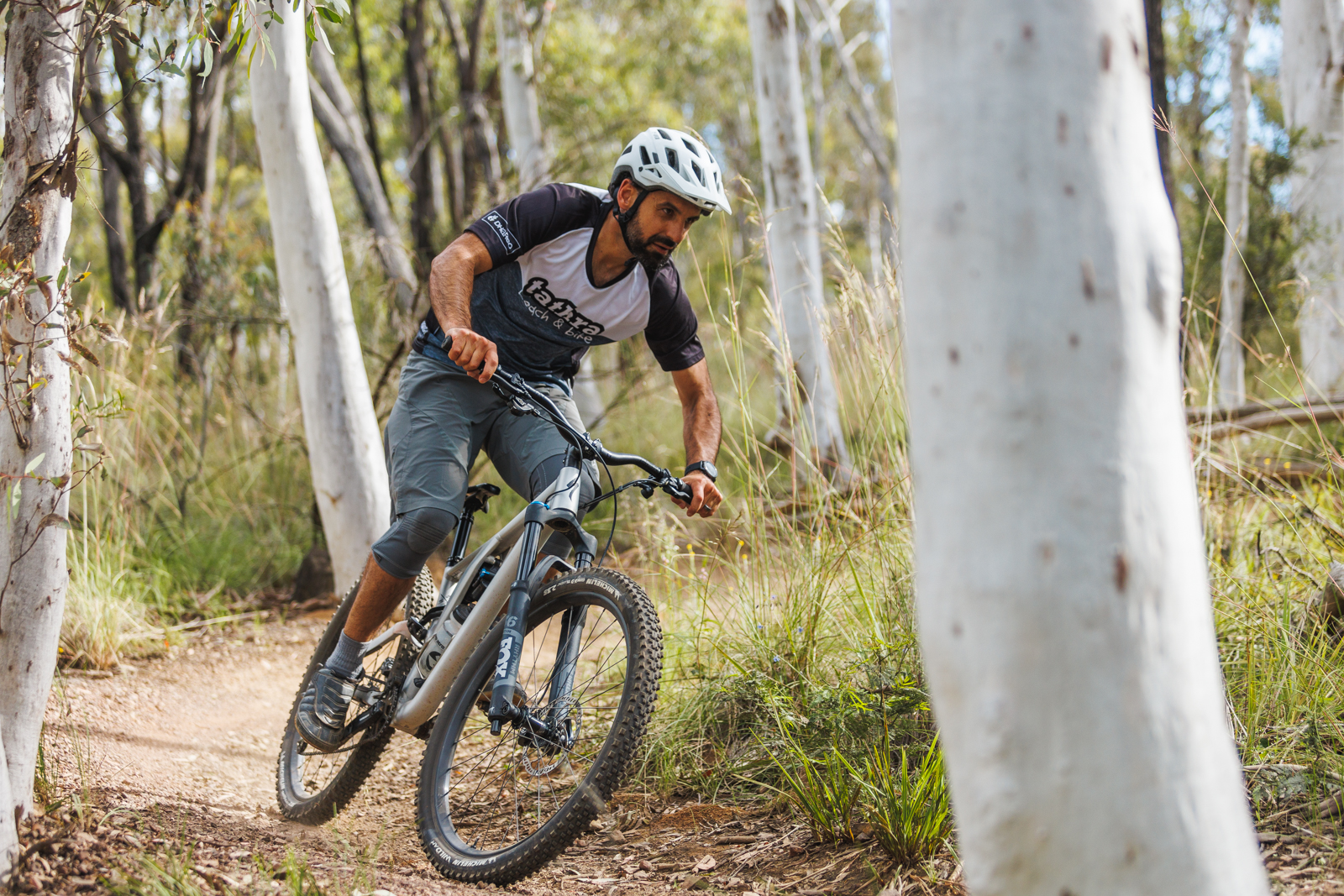
Step 5 – Pedal ASAP but control your pedal strokes out
This part is pretty natural as when you exit slower than you expect, you’ll naturally want to pedal out as soon as you can. The key with inside lines though is to make sure you control your pedal strokes so you don’t skid out when you put the power down – this is a really common mistake. I tend to be nice and gentle with the first pedal stroke and once I know I’m good, then get on the cranks. It’s always going to be a bit looser and sketchier than you anticipate off the main line so ease into it and make sure you maximise your pedal strokes out of the corner.

